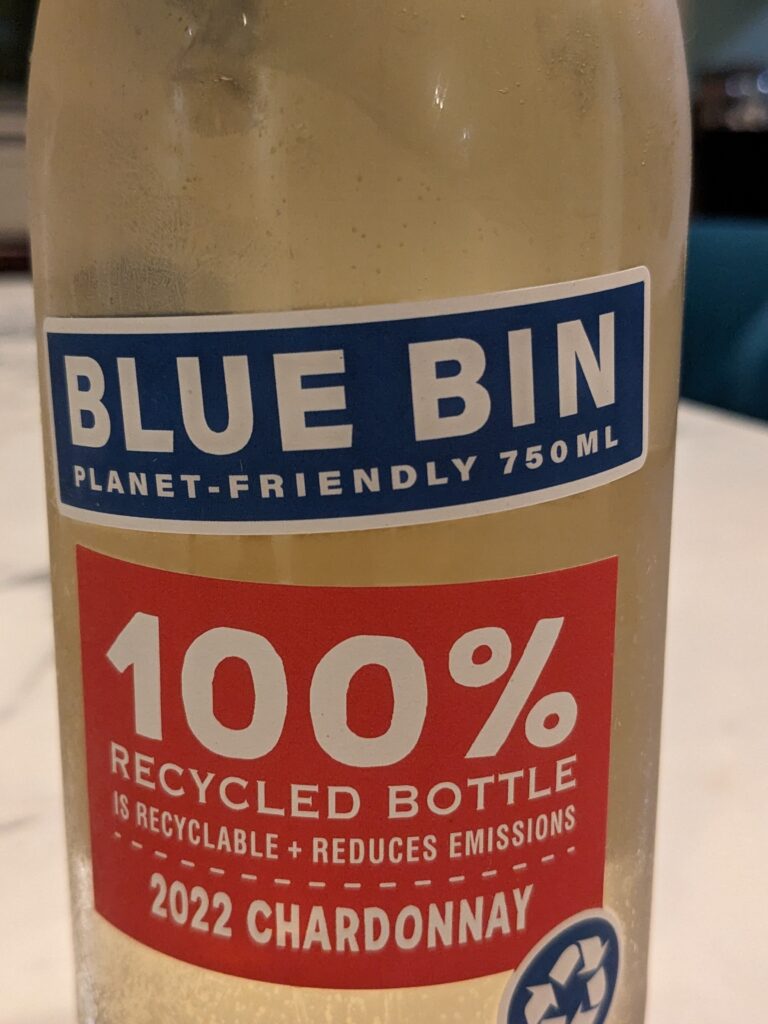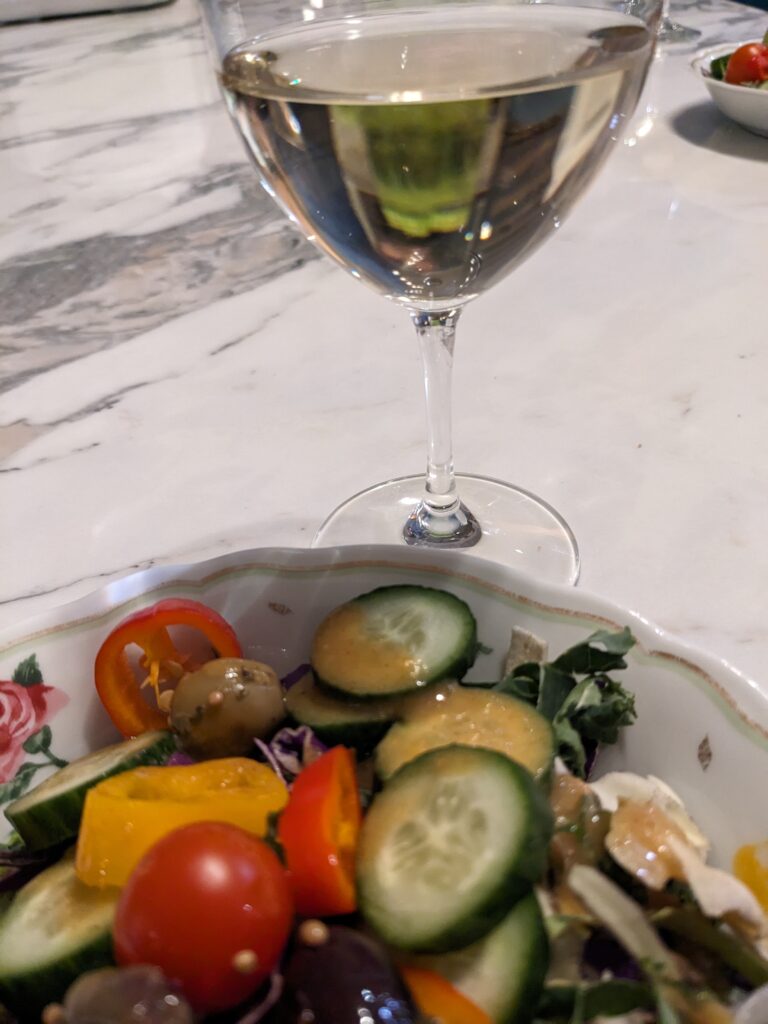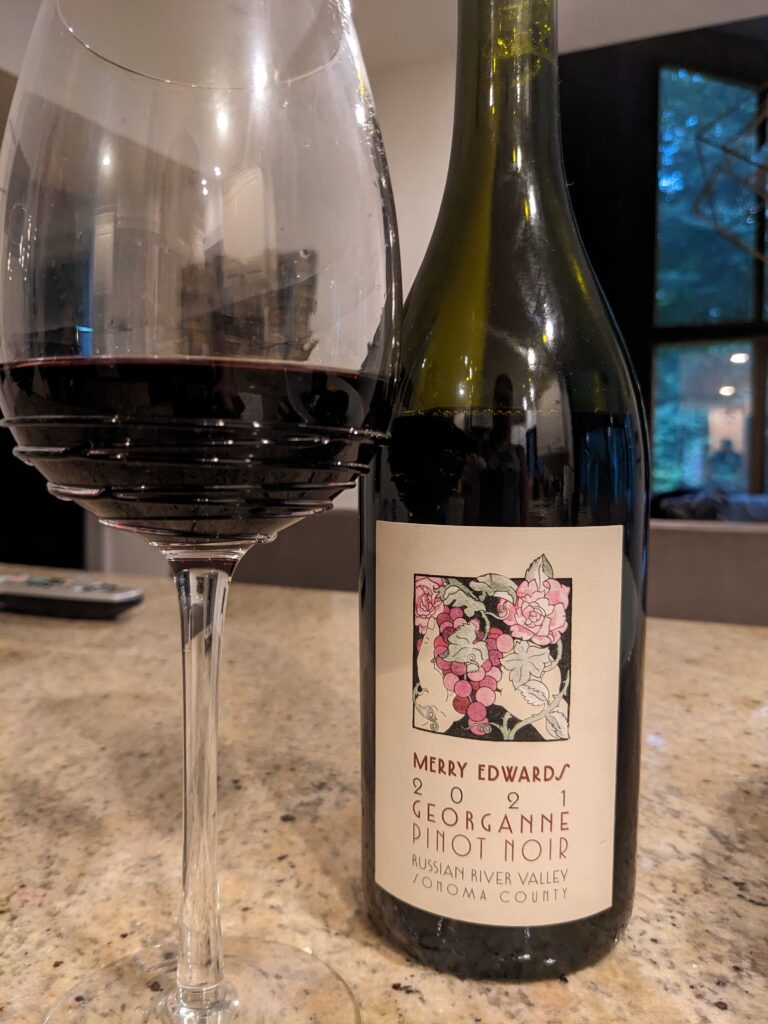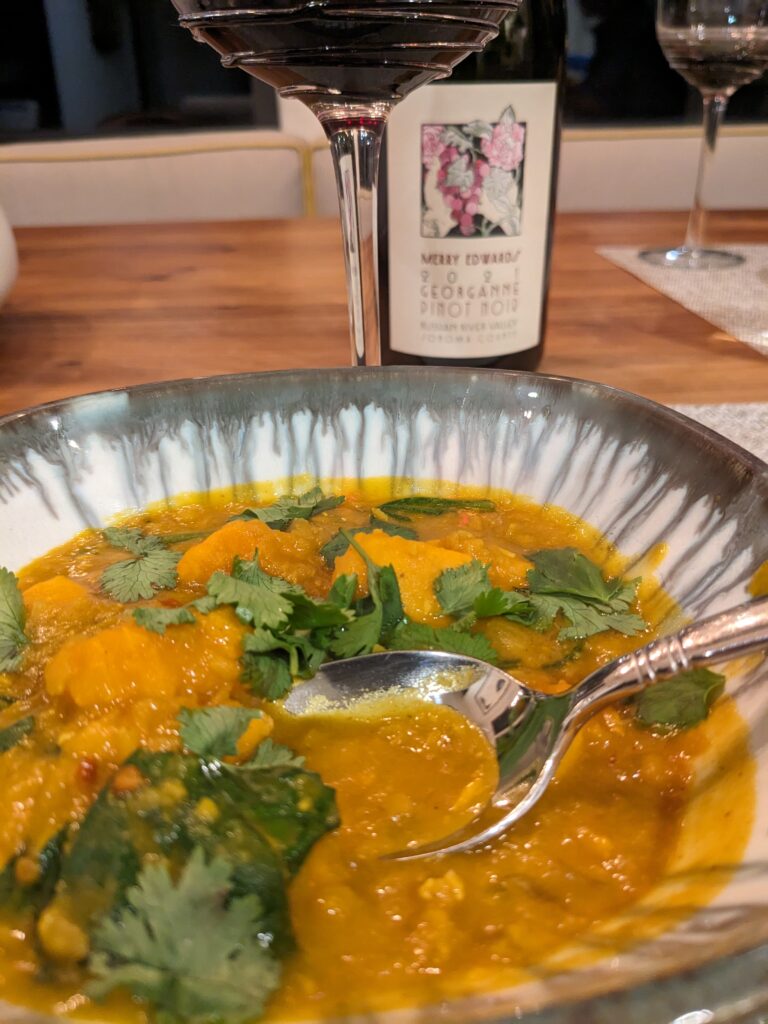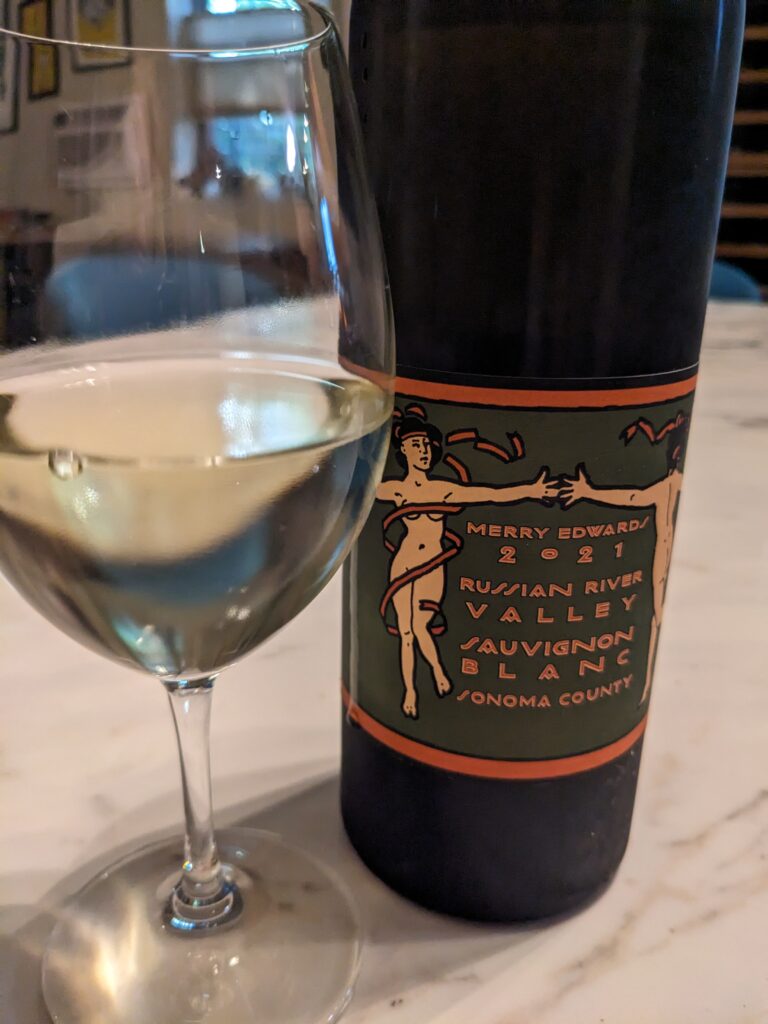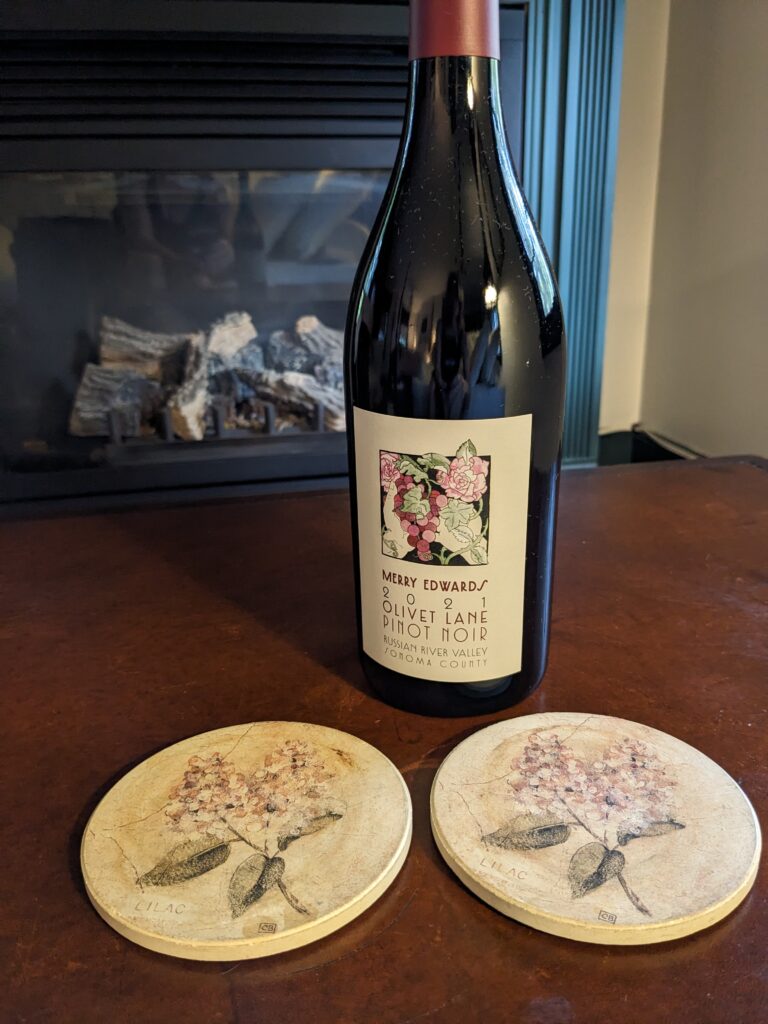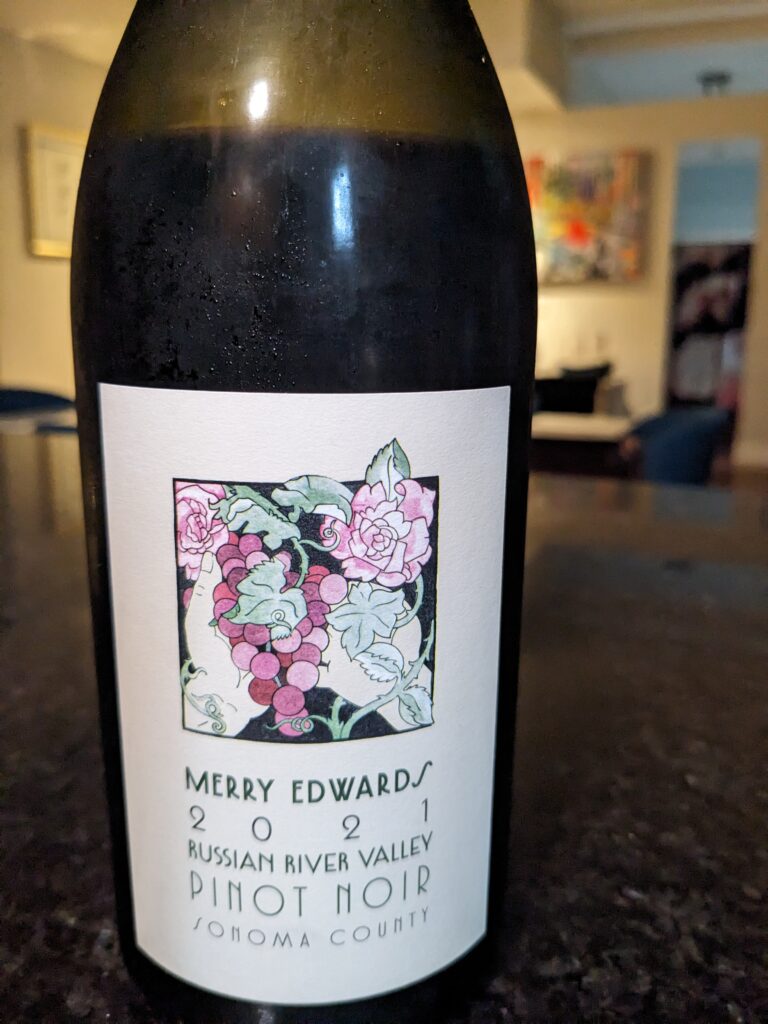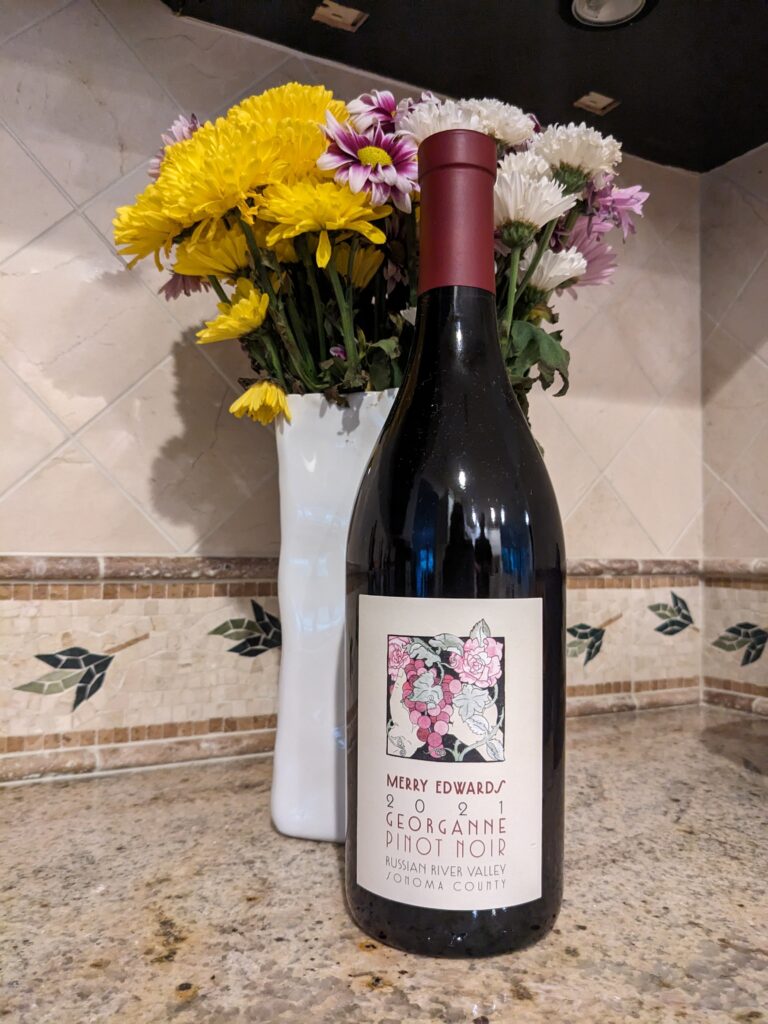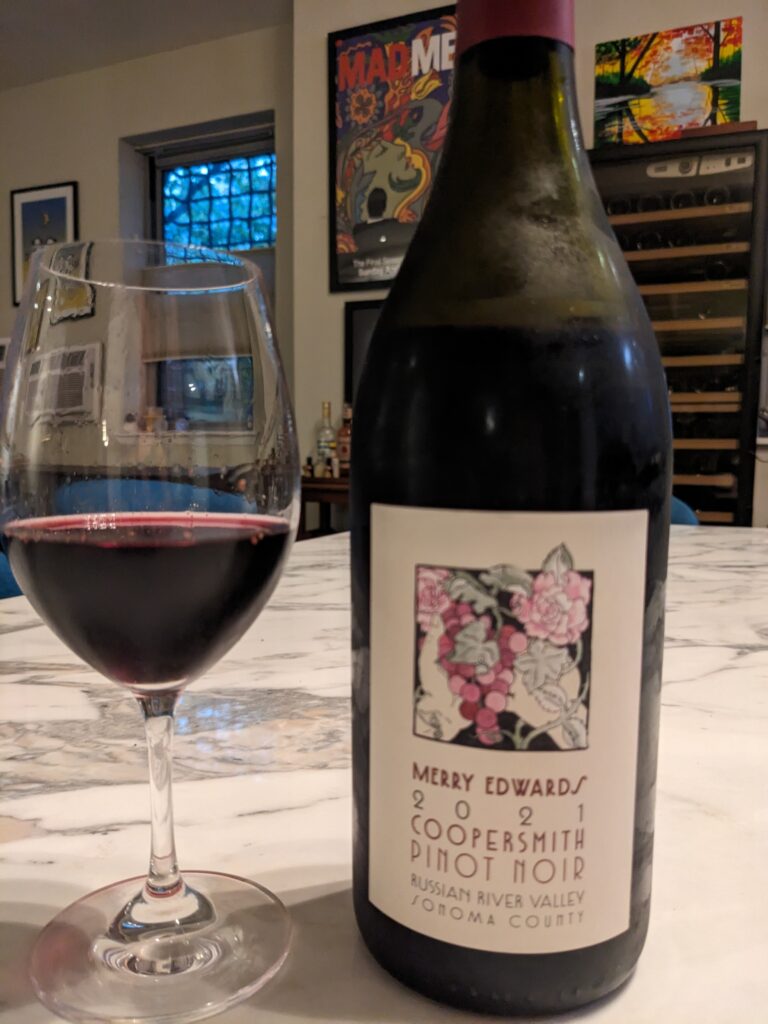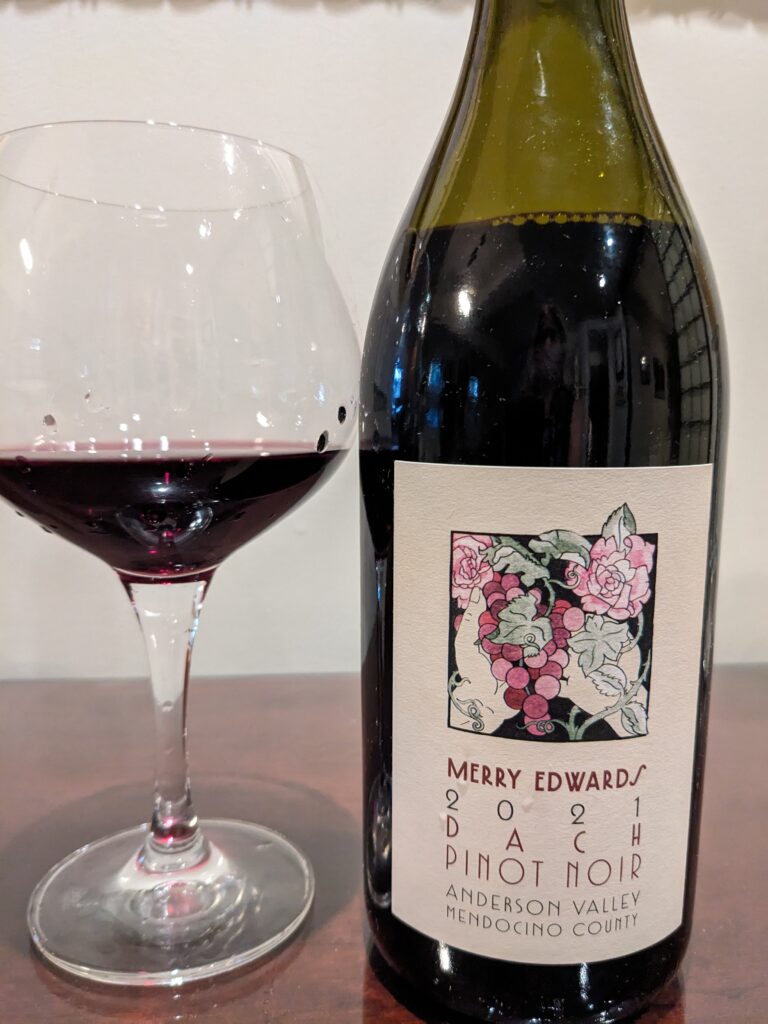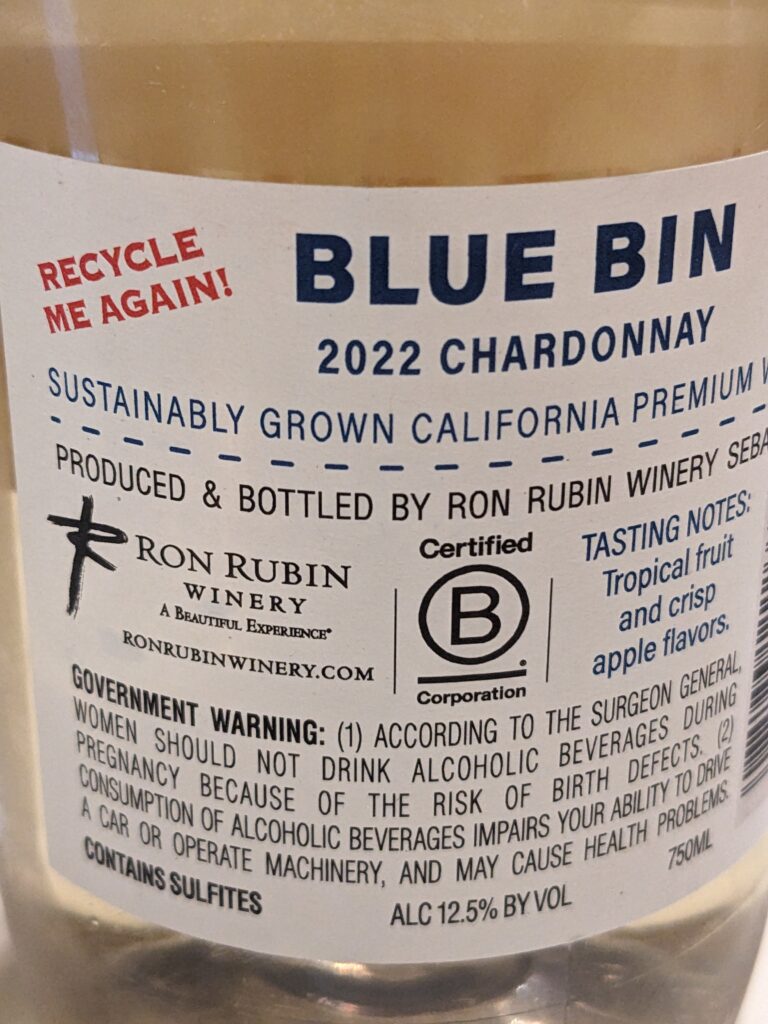
I first became familiar with the Ron Rubin Winery during the pandemic (See story from June 2020) as I sipped and savored his wine in my local park. I was impressed with the wines and enjoyed getting to know his story, as he pursued his lifelong dream of making wine.
More recently, I was introduced to Ron’s latest venture: Blue Bin, which builds on his commitment to sustainability, verifiable performance, transparency and accountability.
This initial effort was codified with the achievement of BCorp certification in August 2022 (presently one of only 33 Certified B Corporation wineries in the world and 1 of 5 in California). For those less or unfamiliar, “B Corp Certification is a designation that a business is meeting high standards of verified performance, accountability, and transparency on factors from employee benefits and charitable giving to supply chain practices and input materials.” (For more details on B Corp Certification, please see the organization’s website.)
Blue Bin’s claim to fame is that it is “The first premium wine bottle made from 100% recycled material in the United States”. More specifically, the fully recyclable is a hybrid of plastic, lined with Plasmax, an ultra-thin protective layer of glass. The result is packaging that is both lighter and shatterproof.
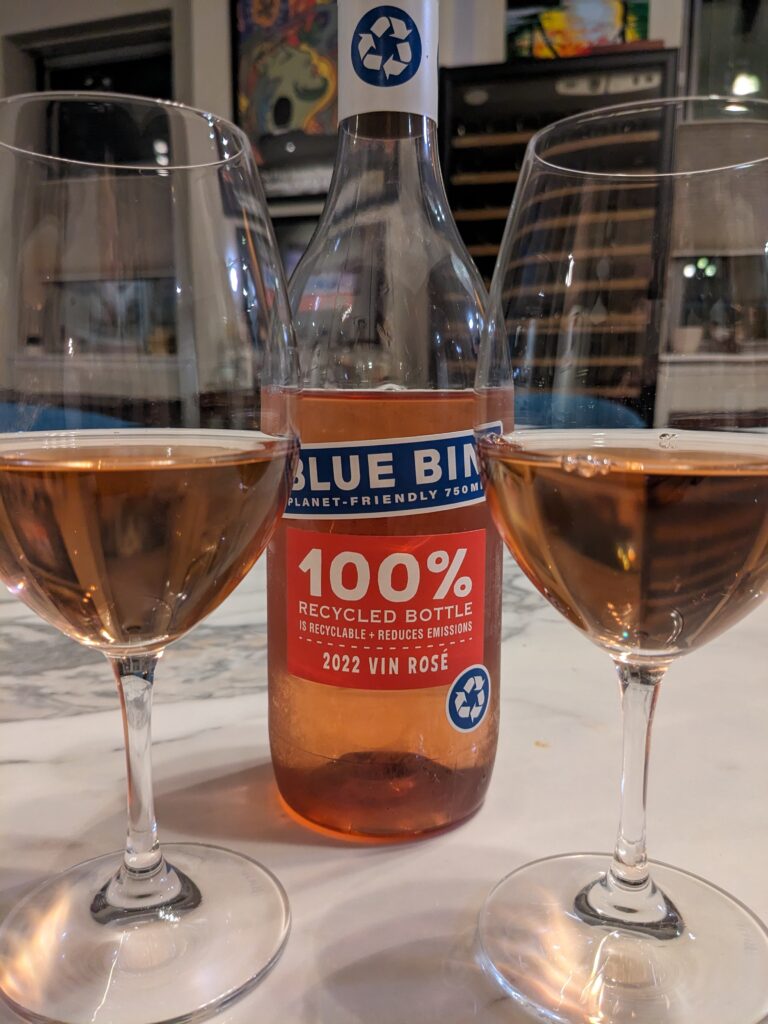
Admittedly, the switch from glass to plastic might make the wine look unusual (and interestingly, when I brought a bottle to a holiday party, there was some concern that the bottle could be mistaken by the children present for a bottle of soda), but it is worth changing your perspective on what a bottle of wine should look like. In fact, one third of a wine’s carbon footprint is attributed to the glass bottles in which it is usually packaged. While glass is an excellent option for storing wine, it is also a heavy one and thus impacts shipping. Moreover, glass bottles are not always recycled in the United States, further complicating the problem.
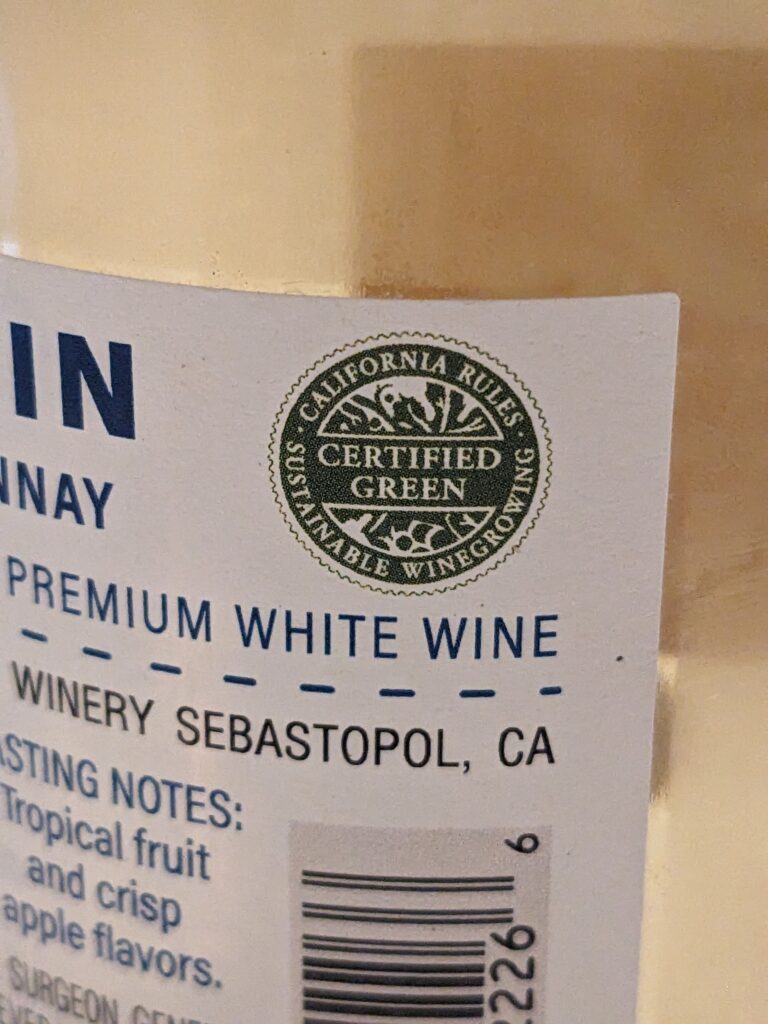
Despite the unique packaging, Blue Bin’s wines are still well made wines and good examples of their respective grape varieties. At the moment, there are four wines made under the Blue Bin label: Pinot Grigio, Chardonnay, Sauvignon Blanc and Rose, all produced with fruit sourced from California, utilizing sustainable growing practices.
So, in the end, the wines might look a little different, but there is no impact on the taste; only a positive impact on the environment. They taste like…wine (and good wine, at that)!
TASTING NOTES
Blue Bin Pinot Grigio 2022, California, USA, $15.00
Aromas and flavors of smoke and citrus, with a dry palate, bright acidity, medium body, culminating in long length.
Blue Bin Chardonnay 2022, California, USA, $15.00
Pear and honeysuckle greet the nose, this dry wine has nice acidity, ripe red apple and pear fruit and is medium bodied with good length.
Blue Bin Sauvignon Blanc 2022, California, USA, $15.00
An intense nose of herbal and citrus notes, this dry wine offers up bright acidity, medium+ body and long length.
Blue Bin Rose 2022, California, USA, $15.00
Redolent of cherries and melon, this wine is slightly off dry, with medium acidity,
medium body and flavors of ripe watermelon and berries, with long length.


